What is DevOps Software Development? A Smarter Path to Speed and Reliability
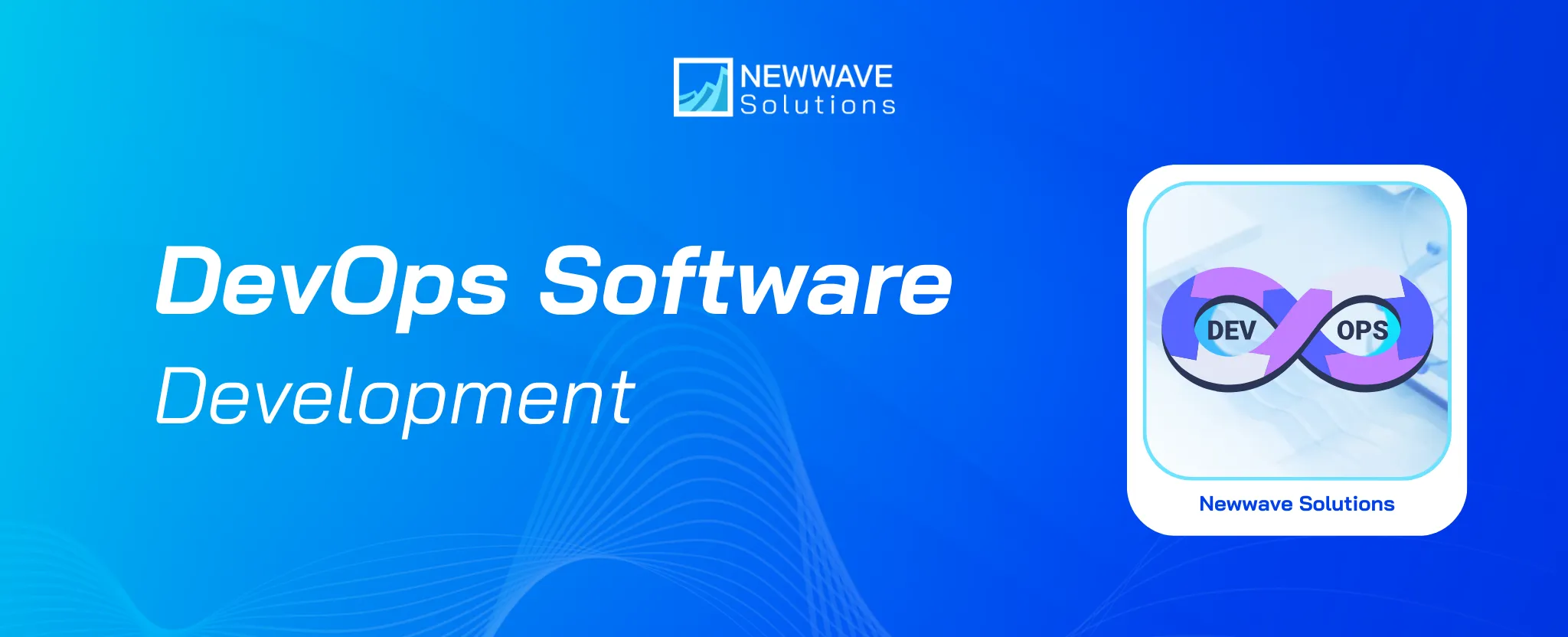
Delays, rising costs, and inconsistent user experiences are common in traditional software development. That’s why DevOps software development with Agile tackles these issues, helping teams deliver software faster, more reliably, and continuously improve it using real-world feedback. In this insights, Newwave Solutions highlights how these methodologies help businesses deliver software more quickly, reliably, and continuously improve based on real-world feedback.
What is DevOps?
DevOps is both a methodology and a cultural approach that integrates development (Dev) and operations (Ops) teams to deliver high-quality software faster and more reliably. Traditional development often separates Dev and Ops into silos, leading to bottlenecks, delayed feedback, and inconsistent deployments. DevOps breaks these barriers by creating shared goals, collaborative workflows, and automation across the lifecycle.
Key elements include:
- Continuous Integration (CI) & Continuous Delivery (CD): Frequent code integration and automated delivery pipelines.
- Infrastructure as Code (IaC): Version-controlled infrastructure that ensures consistent environments.
- Automated Testing & Monitoring: Real-time validation of performance and stability.
According to Puppet’s 2023 State of DevOps Report, 80% of organizations are still maturing in their DevOps journey, but high performers consistently achieve faster lead times and fewer deployment failures.
Ultimately, DevOps extends Agile principles by ensuring that iterative, flexible development is complemented with operational excellence.
DevOps Software Development Lifecycle (DevOps SDLC)
The DevOps SDLC is built on continuous collaboration, automation, and integration across development, operations, and quality assurance. Unlike traditional linear models, it follows an iterative cycle that enables faster releases, improved quality, and greater agility.
What is DevOps Lifecycle?
The DevOps Software Development Lifecycle (SDLC) is a modern, holistic framework for building and delivering software. It replaces the old, linear “waterfall” model with a continuous, automated, and collaborative loop. This integrated approach brings together development, operations, and quality assurance teams from the very beginning, breaking down traditional silos and fostering a shared responsibility for the entire journey of an application—from the initial line of code to its daily operation in production and beyond.
This lifecycle is powered by two core concepts: a profound cultural shift towards collaboration and the extensive use of automation to streamline every possible task. The result is a virtuous feedback cycle that enables organizations to release software faster, more frequently, and with significantly higher reliability and quality. It’s not just a set of tools; it’s a philosophy that transforms how companies build, ship, and improve software.
At its heart, the DevOps SDLC is guided by a few key principles that differentiate it from traditional models:
- Collaboration & Shared Responsibility: The biggest barrier DevOps breaks down is the cultural one. Developers and system administrators no work in separate teams. They work together as a unified unit with shared goals and shared responsibility for the entire lifecycle—from the initial idea and code quality to the application’s performance and stability in production.
- Automation at Every Stage: The entire lifecycle is supercharged by automation. Any repetitive, manual task—like compiling code, running tests, deploying builds, or provisioning infrastructure—is automated. This eliminates human error, accelerates pace, and frees up engineers to focus on creative, high-value work.
- Continuous Feedback & Improvement: This is the engine of the DevOps loop. Constant feedback from monitoring tools, user behavior, and performance metrics is automatically fed back to the development team. This allows them to understand the real-world impact of their changes and immediately begin working on improvements, fixes, or new features, closing the loop and starting the cycle again.
The 7 Key Phases of the DevOps Lifecycle
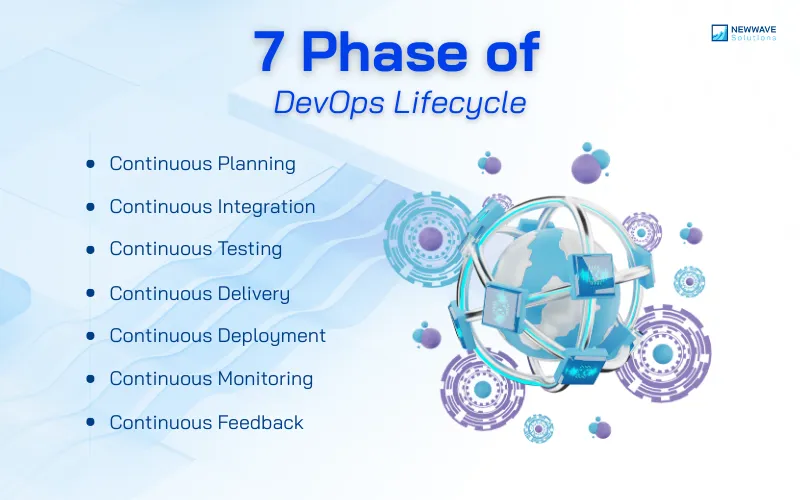
The lifecycle is structured into seven interconnected phases, each reinforcing the next. Together, they create a continuous loop that promotes efficiency, transparency, and ongoing improvement in software delivery:
- Continuous Planning: Align goals, refine backlogs, and prioritize features with team-wide collaboration.
- Continuous Integration: Merge code frequently, catch issues early with automated builds and tests.
- Continuous Testing: Run automated unit, integration, and security tests without slowing development.
- Continuous Delivery: Package code for production-ready environments with consistent builds.
- Continuous Deployment: Push approved changes live automatically, often with Docker for stability.
- Continuous Monitoring: Track logs, metrics, and performance in real time to spot issues fast.
- Continuous Feedback: Capture user input to fuel improvements and guide the next cycle.
Why Do DevOps and Agile Work Better Together?
DevOps and Agile are not competing methods—they are complementary forces that, when combined, create a faster, smarter, and more resilient approach to software development. Think of building software like building a car. Agile is the design and prototyping process—it focuses on working in small, rapid cycles to create a prototype that perfectly meets the driver’s needs, adapting quickly to feedback. DevOps, on the other hand, is the automated factory and delivery system—it takes that validated design and manufactures it reliably, efficiently, and at scale, ready for the road.
They are not competing ideas; they are two halves of a whole. Agile ensures you are building the right thing by focusing on customer feedback and adaptability. DevOps ensures you are building the thing right by focusing on automated, reliable, and rapid delivery. When combined, they create a seamless, high-velocity engine for delivering value.
How They Complement Each Other?
- Agile provides the “why” and “what”: Through short sprints and constant collaboration with stakeholders, Agile teams prioritize what features to build next based on real user needs. It’s all about flexibility and responding to change.
- DevOps provides the “how” and “now”: It takes the features prioritized by Agile and automates their journey from code completion to live deployment. It removes manual, error-prone steps, ensuring that new updates can be released quickly, safely, and frequently.
The Combined Advantages:
When Agile and DevOps are integrated, organizations unlock powerful benefits that neither can achieve alone:
- From Idea to Value, at Unprecedented Speed: Agile’s rapid cycles are useless if the resulting code takes months to deploy. DevOps automation creates a seamless delivery pipeline, turning finished code into a live feature in hours or minutes, not weeks. This dramatically shortens the time to get valuable ideas into users’ hands.
- Built-In Flexibility with Built-In Stability: Agile allows for frequent changes based on feedback. DevOps ensures that each of those changes is delivered reliably and without breaking the existing system. Automated testing and infrastructure management mean that change becomes safe, routine, and non-disruptive.
- High-Quality and Rapid Releases Become the Norm: The combination of Agile’s focus on customer validation and DevOps’ focus on automated testing and monitoring means that speed does not come at the cost of quality. Releases are both frequent and inherently more stable and secure.
- A Truly Scalable Engine for Growth: This partnership creates a system that works for a team of five and scales to an enterprise of five thousand. The collaborative culture and automated processes ensure that as a company grows, its ability to innovate and deliver does not slow down.
In essence, Agile makes the development process adaptive, while DevOps makes the delivery process effortless. By uniting Agile’s customer-centric mindset with DevOps’ operational prowess, businesses can build a sustainable competitive advantage: the ability to deliver exceptional software, faster and more reliably than ever before.
What Makes DevOps Development Different from the Traditional Approach?
Traditional software development, often waterfall-based, contrasts sharply with DevOps software development methodology. Businesses, particularly CEOs and CTOs, prioritize metrics like speed, cost, and risk. Below is a comparison:
| Aspect | DevOps Software Development | Traditional Software Development |
| Process Flow | Iterative, continuous cycles | Linear, sequential phases |
| Team Collaboration | Integrated Dev-Ops teams | Siloed departments |
| Release Frequency | Frequent, small updates (daily/weekly) | Infrequent, large releases (months/years) |
| Time-to-Market | Accelerated (weeks) | Prolonged (months) |
| Automation Level | High (CI/CD pipelines) | Low (manual processes) |
| Risk Management | Low, with continuous testing | High, due to late-stage detection |
| Scalability | Easy, via microservices and IaC | Challenging, rigid structures |
| Cost Efficiency | Lower long-term (reduced downtime) | Higher (rework, delays) |
| Innovation Focus | High, feedback-driven | Limited, rigid planning |
In summary, DevOps outperforms traditional methods in agility and efficiency, aligning with needs for rapid adaptation. As trends evolve, shifting to DevOps positions enterprises for future-proof operations.
Benefits of DevOps Software Development
Adopting DevOps is more than just a technical shift; it’s a cultural and operational transformation that fundamentally improves how a company builds and delivers software. It replaces old, slow, and siloed methods with a streamlined, collaborative, and automated system. The result isn’t just better code—it’s a significant competitive advantage that touches every part of the business, from speed and reliability to security and cost:
1. Breaks Down Silos and Builds Stronger Teams
DevOps brings development and operations teams together into a unified workflow with shared goals. Instead of working in isolation—with developers focused solely on new features and operations on system stability—everyone collaborates throughout the entire software lifecycle. This integrated approach means fewer surprises, smoother handoffs, and a shared sense of ownership. Teams communicate openly, solve problems faster, and deliver more reliable results because they understand both the code and the environment it runs in.
>> Ready to build stronger, unified teams? Explore our hire dedicated developers services
2. Speeds Up Release Cycles Without Sacrificing Quality
Through automation and continuous practices, DevOps enables organizations to release software frequently and reliably. Tools for Continuous Integration and Continuous Delivery (CI/CD) automatically build, test, and deploy code, turning what used to be a slow, manual process into a seamless pipeline. The result? Companies can deploy updates in hours rather than months, respond quickly to customer feedback, and stay ahead of market changes. Faster releases become routine, not risky.
3. Improves Reliability and Reduces Downtime
Automated testing and monitoring are central to DevOps. Every change is tested rigorously before it’s deployed, and systems are continuously monitored in production. This means issues are detected—and often resolved—before they affect users. Releases are more predictable, and rollbacks are simpler if needed. The outcome is software that’s more stable, available, and trustworthy—which in turn builds user confidence and satisfaction.
4. Scales Efficiently and Consistently
DevOps uses Infrastructure as Code (IaC) to manage servers, networks, and environments through code rather than manual processes. This allows teams to provision, scale, and replicate infrastructure quickly, accurately, and automatically. Whether supporting sudden growth or adapting to changing demands, businesses can scale their systems effortlessly. There’s no need for slow, error-prone manual setup—infrastructure evolves right alongside the software.
5. Integrates Security Early and Throughout
In a DevOps culture, security becomes everyone’s responsibility—not an afterthought. Practices often referred to as DevSecOps embed security checks and tools directly into the development pipeline. Automated security scans, compliance checks, and vulnerability assessments happen continuously. This proactive approach means security issues are found and fixed early, reducing risk and avoiding last-minute delays. The software isn’t just built faster; it’s built more securely from the ground up.
DevOps Adoption Challenges and Solutions
Adopting DevOps software development transforms organizational efficiency but introduces significant challenges. From cultural resistance to technical complexities, these hurdles can impede the transition to a streamlined, automated workflow. Below is a comprehensive table outlining key challenges and their practical solutions to ensure successful DevOps implementation.
| Challenges | Solutions |
| Resistance to Change | Foster buy-in through training and pilot projects, demonstrating quick wins. |
| Legacy System Migration | Use hybrid approaches, gradually refactoring with tools like Kubernetes. |
| Security Integration | Automate scans early; adopt shift-left practices to build security in. |
| Tool Overload | Consolidate toolchains, prioritizing interoperable ones like Jenkins and Git. |
| Skill Gaps | Invest in upskilling via certifications and cross-training. |
| Metrics Selection | Focus on DORA metrics (deployment frequency, change failure rate). |
| Environment Inconsistencies | Implement IaC for uniform setups. |
| Scalability Issues | Adopt GitOps for declarative management. |
| Monitoring Blind Spots | Integrate tools like Datadog for real-time insights. |
| Governance and Compliance | Use policy-as-code to automate checks. |
By addressing these challenges with targeted strategies, organizations can build resilient DevOps software development services, ensuring faster delivery and enhanced reliability.
How to Implement the DevOps Cycle?
Implementing the DevOps cycle means building a culture where speed, stability, and security work hand in hand. Success comes from aligning teams, automating workflows, and scaling with security at the core.
-
Align Teams: Connect development speed with operational reliability and customer value using shared KPIs. Collaboration tools like Jira, GitHub, and GitLab keep work transparent and coordinated.
-
Automate Processes: Map the entire lifecycle into CI/CD pipelines with Jenkins, GitHub Actions, or GitLab CI/CD. Use Docker and Kubernetes for consistent environments, and Terraform or Pulumi for automated infrastructure.
-
Integrate Security & Scale: Embed security early with DevSecOps, starting with a pilot team to refine workflows. Strengthen observability with Datadog, Prometheus, and Grafana, then expand gradually for sustainable scaling.
DevOps continues to evolve with modern IT demands. Emerging practices are pushing efficiency and collaboration even further, shaping the future of how software is built, deployed, and maintained.
The Future of DevOps
The future of DevOps is centered on making software delivery smarter, more efficient, and accessible to a broader range of contributors. As organizations strive to balance speed with stability, DevOps is evolving beyond development and operations teams to empower the entire business. Key innovations like platform engineering, observability, and low-code tools are reshaping how teams build, deploy, and manage software, ensuring that DevOps remains the driving force behind continuous innovation in the digital era.
So how are these advancements shaping the future?
- Platform Engineering: This approach focuses on creating standardized, self-service platforms that simplify infrastructure and deployment processes. By providing developers with automated, ready-to-use environments, platform engineering reduces complexity, eliminates bottlenecks, and enables teams to work more independently and efficiently.
- Observability: Moving beyond traditional monitoring, observability offers real-time insights into system performance by analyzing telemetry data like logs, metrics, and traces. With tools like Grafana and New Relic, teams can proactively detect issues, optimize workflows, and ensure reliability—even in highly dynamic and complex systems.
- Low-Code/No-Code Platforms: These tools democratize software development by allowing non-technical users to create applications and automate processes through visual interfaces. By enabling business analysts, project managers, and other stakeholders to contribute directly, low-code/no-code platforms accelerate innovation and align development more closely with organizational goals.
Together, these trends are making DevOps more integrated, intelligent, and inclusive—ensuring that organizations can deliver high-quality software faster and more reliably than ever before.
Why Partner with Newwave Solutions for your DevOps?
With over 12 years of experience and 800+ successful projects, Newwave Solutions is a trusted partner in delivering end-to-end DevOps solutions. We don’t just implement tools—we help enterprises redesign their software delivery process for speed, reliability, and security. From strategic consulting and infrastructure automation to CI/CD pipeline development, DevSecOps integration, monitoring, and ongoing optimization, our services cover every stage of the DevOps lifecycle. Businesses choose us because we reduce risks, accelerate release cycles, and ensure long-term operational efficiency backed by proven expertise.

Which Sectors Do We Support with DevOps Software Development?
Newwave Solutions applies DevOps practices across diverse industries, helping businesses streamline operations, boost agility, and deliver reliable digital products. Our expertise spans:
-
Finance development services & Fintech development services: Secure, compliant pipelines for banking apps, payment systems, and trading platforms.
-
Healthcare: HIPAA-compliant automation and monitoring to support medical software and patient platforms.
-
E-commerce web development services & Retail: Scalable CI/CD pipelines for online stores, marketplaces, and omnichannel platforms.
-
Game development & Entertainment: Automated deployments and monitoring for immersive, high-performance gaming experiences.
-
Real Estate & PropTech: Streamlined platforms for property management, listing services, and digital transactions.
-
Education & E-learning solutions: Reliable infrastructure for online learning platforms and content delivery systems.
FAQs
What are common DevOps tools?
Key tools include Git, GitHub, GitLab for version control; Jenkins, GitHub Actions, GitLab CI/CD for automation; Docker, Kubernetes for containerization; Terraform, Pulumi for IaC; Snyk, Aqua Security, HashiCorp Vault for DevSecOps; and Datadog, Prometheus, New Relic for observability.
Can DevOps scale for large enterprises?
Yes. Using containerization, IaC, automation, and standardized workflows, DevOps scales efficiently. Large teams can work on independent modules, deploy in parallel, and maintain operational stability across complex environments, including multi-cloud and hybrid infrastructures.
>> View more our custom Enterprise Solutions as ERP solutions & CRM solutions
How can organizations integrate DevOps with legacy systems?
Legacy applications often lack modular architecture, making CI/CD and automation challenging. Organizations can adopt a hybrid approach, containerizing critical components using Docker, applying microservices patterns, and gradually refactoring code. Infrastructure as code (Terraform, Pulumi) and orchestration with Kubernetes help standardize deployments across legacy and modern systems.
How does DevOps handle multi-cloud environments?
DevOps tools such as Terraform, Pulumi, Docker, and Kubernetes allow consistent deployments across AWS, Azure, and GCP. Monitoring with Datadog or Prometheus ensures visibility, while CI/CD pipelines automate testing and deployments regardless of cloud provider. Standardized IaC scripts reduce configuration drift and operational complexity.
Final Thoughts
DevOps software development transforms organizational workflows by uniting development and operations, delivering faster, more reliable software that aligns with user demands. As innovations like AI automation, platform engineering, and low-code solutions shape the future, DevOps will remain pivotal for agility and resilience in an ever-evolving digital landscape. At Newwave Solutions, we’ve guided numerous organizations in building efficient, scalable DevOps pipelines. If you’re looking to elevate your software development approach, we’re ready to share our insights and help craft a tailored DevOps strategy for your success.
To Quang Duy is the CEO of Newwave Solutions, a leading Vietnamese software company. He is recognized as a standout technology consultant. Connect with him on LinkedIn and Twitter.

Read More Guides
Get stories in your inbox twice a month.
Let’s Connect
Let us know what you need, and out professionals will collaborate with you to find a solution that enables growth.
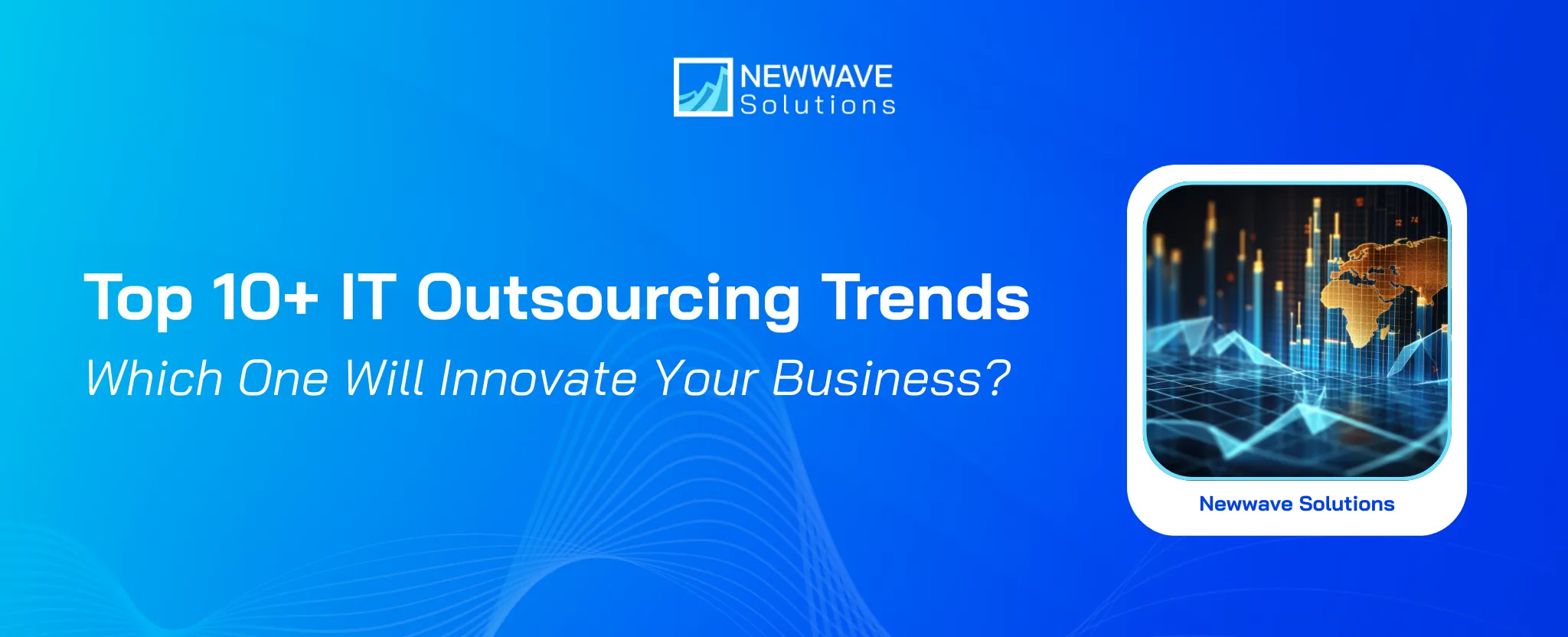
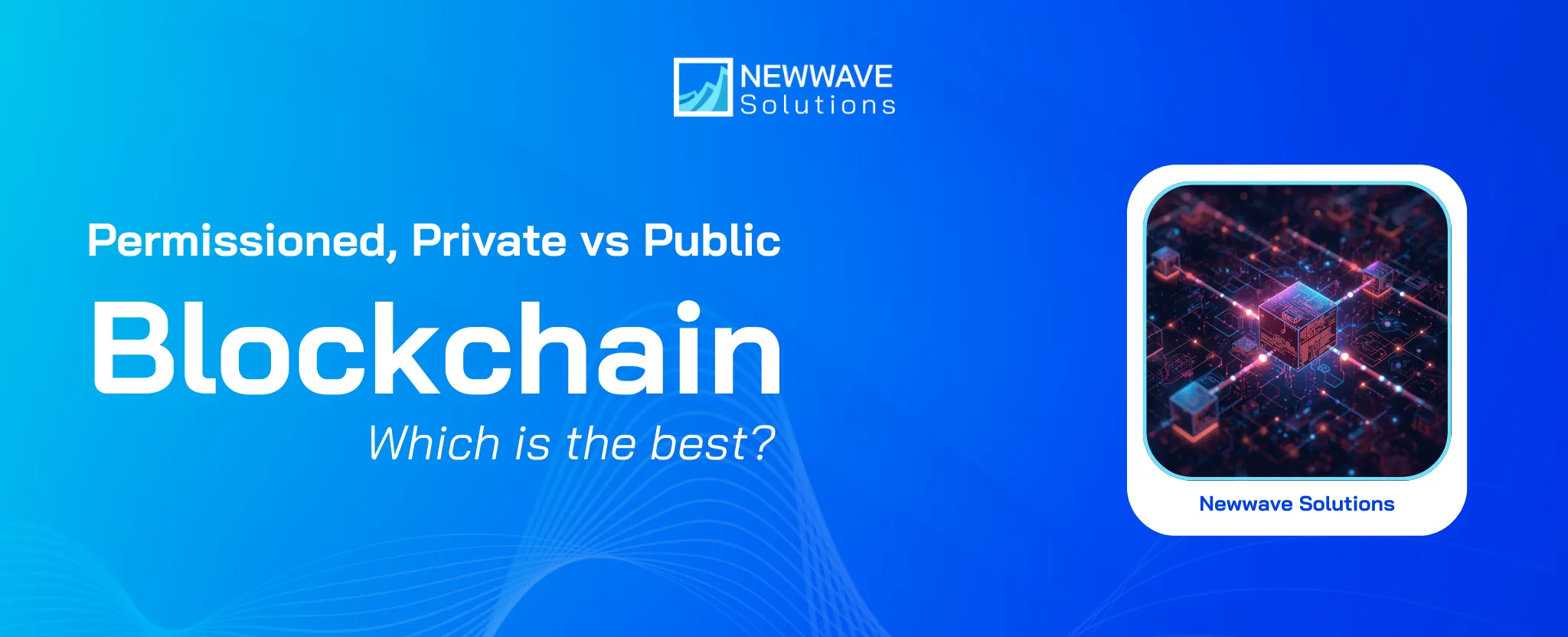

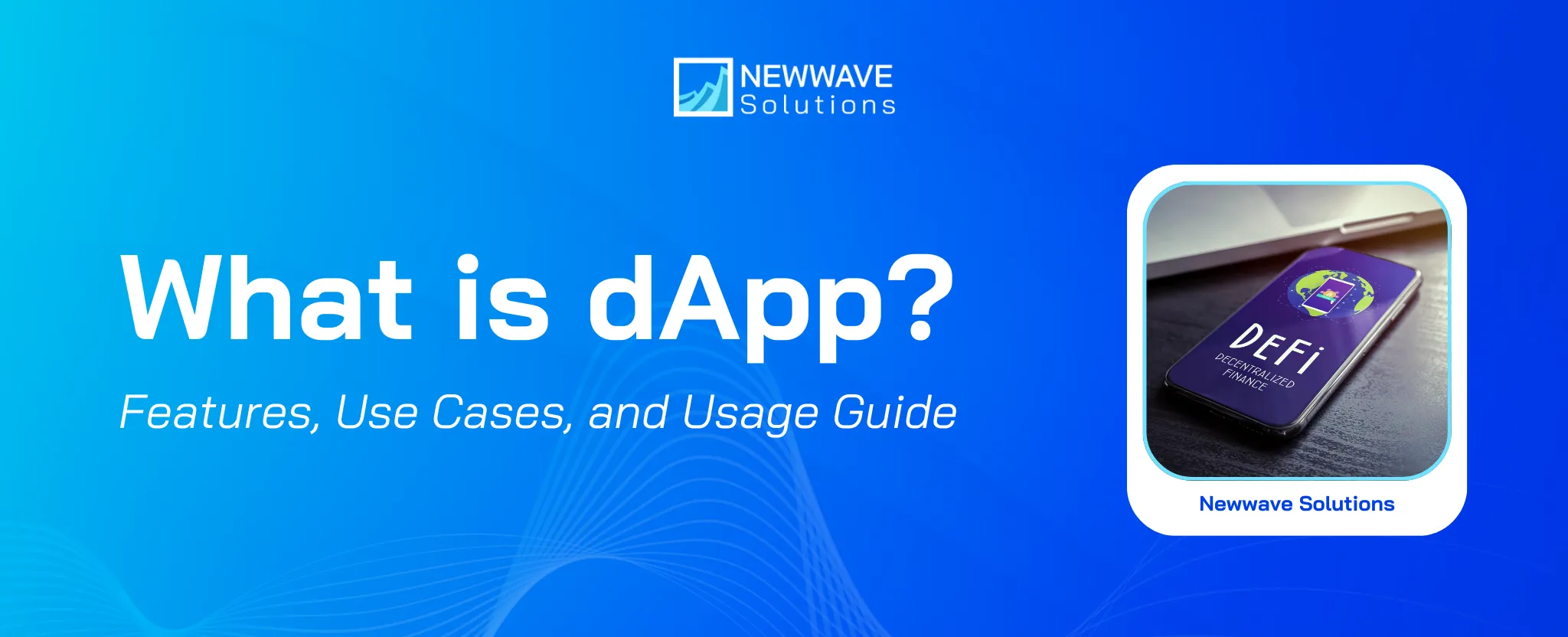
Leave a Reply